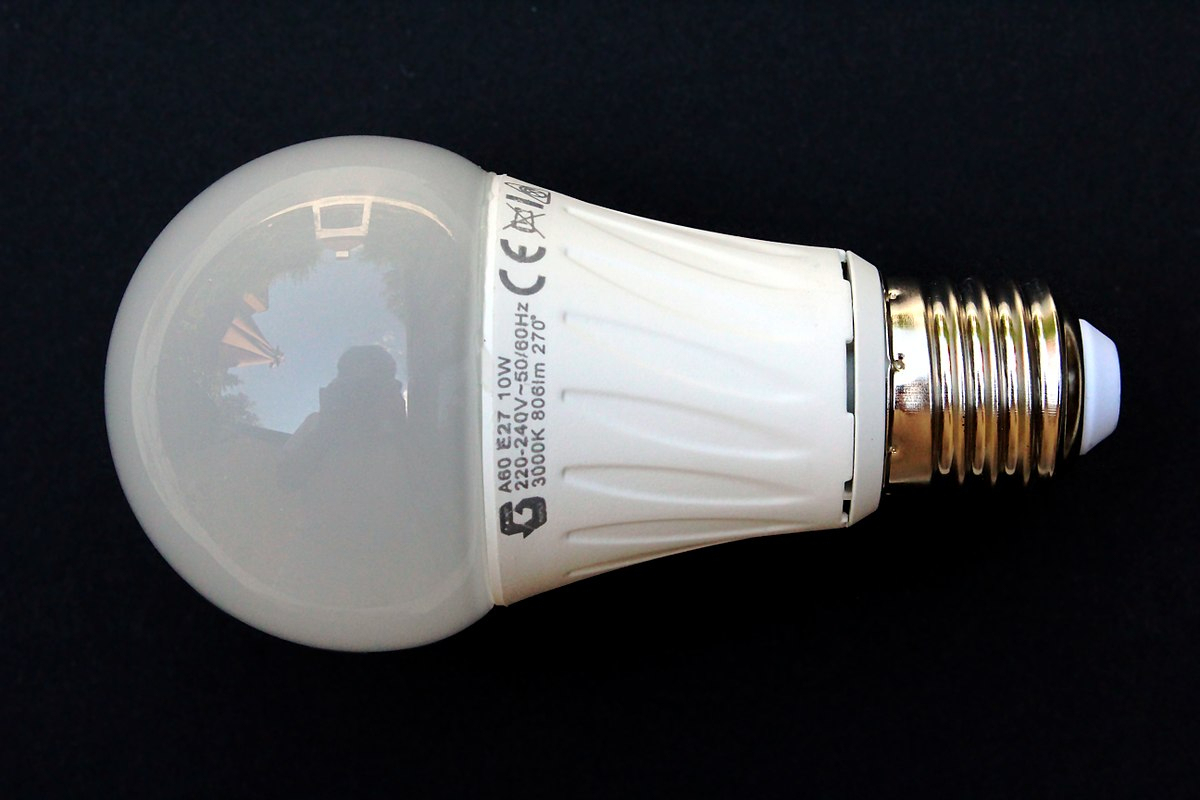

Articles
What Is A Self-Ballasted LED Bulb
Modified: January 23, 2024
Discover the benefits and features of self-ballasted LED bulbs in this informative article. Learn how these energy-efficient bulbs can save you money and enhance the lighting in your home.
(Many of the links in this article redirect to a specific reviewed product. Your purchase of these products through affiliate links helps to generate commission for Storables.com, at no extra cost. Learn more)
Introduction
Welcome to the world of LED lighting, where the advancements in technology have revolutionized the way we illuminate our spaces. Among the various types of LED bulbs available in the market, self-ballasted LED bulbs are gaining popularity for their ease of installation and versatility. In this article, we will explore what self-ballasted LED bulbs are, how they work, their benefits and drawbacks, and their application in different settings.
LED, short for Light Emitting Diode, is a highly efficient lighting technology that provides bright and energy-saving illumination. Self-ballasted LED bulbs are a type of LED bulb that is designed with an integrated ballast, allowing them to be directly connected to the existing electrical fixtures without the need for an external ballast.
These bulbs are available in various shapes and sizes and can be used in a wide range of lighting applications, making them a convenient and cost-effective choice for both residential and commercial spaces. Whether you want to upgrade your home lighting or illuminate your office or retail store, self-ballasted LED bulbs offer a practical solution.
The functionality of self-ballasted LED bulbs lies in their integrated components, which allow for easy installation and compatibility with different lighting fixtures. Let’s dive deeper into the working mechanism of self-ballasted LED bulbs to understand how they provide efficient and reliable illumination.
So, if you’re curious about self-ballasted LED bulbs and want to know more about their features, benefits, and applications, read on. By the end of this article, you’ll have a better understanding of these versatile lighting solutions, and be able to make an informed decision when it comes to choosing the right lighting for your needs.
Key Takeaways:
- Self-ballasted LED bulbs offer energy efficiency, long lifespan, and instant illumination, making them a cost-effective and environmentally friendly lighting solution for residential, commercial, and industrial settings.
- When choosing and installing self-ballasted LED bulbs, consider factors such as lumens, color temperature, compatibility, and dimming options to ensure optimal performance and longevity while reducing energy consumption and environmental impact.
Read more: What Is A Ballast Bypass LED Bulb
Definition of a Self-Ballasted LED Bulb
A self-ballasted LED bulb is a type of LED lighting fixture that is designed with an integrated ballast, eliminating the need for an external ballast or driver. The ballast is responsible for regulating the electrical current flowing through the LED bulb, ensuring proper voltage and current levels for optimal performance and longevity.
Traditional lighting fixtures, such as fluorescent lamps, require an external ballast to operate. However, self-ballasted LED bulbs are designed with their own built-in ballast, making them significantly more convenient to install and use. The integrated ballast allows the LED bulb to be directly connected to the existing electrical fixture, eliminating the need for any additional wiring or modifications.
Self-ballasted LED bulbs are available in various configurations to fit different types of fixtures and socket sizes. Common types include A19, BR30, PAR38, and MR16, among others. These bulbs can be used as direct replacements for traditional incandescent, halogen, or CFL bulbs, providing a more energy-efficient and environmentally friendly lighting option.
In addition to the integrated ballast, self-ballasted LED bulbs also incorporate other components, such as heat sinks and LED drivers, to ensure optimal performance and longevity. Heat sinks help dissipate the heat generated by the LED chips, preventing overheating and prolonging the lifespan of the bulb. LED drivers, on the other hand, regulate the electrical power delivered to the LEDs, ensuring stable and efficient operation.
Self-ballasted LED bulbs are also known for their dimmable capabilities, allowing users to adjust the brightness of the bulb according to their preferences. However, it is important to note that not all self-ballasted LED bulbs are dimmable, so it’s essential to check the product specifications before purchasing.
Overall, self-ballasted LED bulbs offer a convenient and versatile lighting solution with their integrated ballast and compatibility with existing socket types. Whether you’re looking to upgrade your home lighting or retrofit your commercial space, self-ballasted LED bulbs provide an energy-efficient, long-lasting, and cost-effective option for your lighting needs.
How a Self-Ballasted LED Bulb Works
To understand how a self-ballasted LED bulb works, it’s important to have a basic understanding of the components that make up the bulb and the technology behind LED lighting.
Self-ballasted LED bulbs consist of several key components, including the LED chips, heat sinks, LED driver, and the integrated ballast. The LED chips are the core of the bulb and are responsible for producing the light. These chips are made from semiconducting materials that emit light when an electrical current passes through them.
The integrated ballast in a self-ballasted LED bulb is responsible for regulating the electrical current and voltage required for the LEDs to operate efficiently. It converts the incoming alternating current (AC) from the power source to the direct current (DC) needed by the LEDs. Additionally, the ballast helps stabilize the electrical flow, preventing any fluctuations that may affect the performance and lifespan of the bulb.
The ballast also plays a crucial role in providing a self-ballasted LED bulb’s flexibility and compatibility with various lighting fixtures. Unlike traditional lighting fixtures that require an external ballast, self-ballasted LED bulbs have an integrated ballast that allows them to be directly connected to the existing electrical sockets. This makes installation quick and easy, without the need for any additional wiring or modifications.
In addition to the integrated ballast, self-ballasted LED bulbs also have heat sinks to dissipate the heat generated by the LEDs. Since LEDs are more efficient than traditional incandescent bulbs, they generate less heat, but it’s still important to keep them cool to ensure optimal performance and longevity. Heat sinks are usually made of metal, such as aluminum, and are designed to absorb and dissipate the heat generated by the LEDs.
Along with the integrated ballast and heat sinks, self-ballasted LED bulbs also have an LED driver. The LED driver controls the electrical power delivered to the LEDs, ensuring stable and efficient operation. It regulates the current and voltage levels to match the requirements of the LED chips, allowing them to operate at their optimal performance while maximizing energy efficiency.
Overall, the integrated ballast, along with the other components, enables self-ballasted LED bulbs to provide reliable and efficient lighting. Their ease of installation, compatibility with existing fixtures, and dimmable capabilities make them a popular choice for a wide range of applications, including residential, commercial, and industrial settings.
Benefits of Self-Ballasted LED Bulbs
Self-ballasted LED bulbs offer a range of benefits that make them a preferred lighting choice for many. Here are some of the key advantages of using self-ballasted LED bulbs:
- Energy Efficiency: One of the biggest advantages of self-ballasted LED bulbs is their energy efficiency. LED technology converts a higher percentage of electrical energy into visible light, resulting in significant energy savings compared to traditional incandescent or fluorescent bulbs. LED bulbs consume up to 80% less energy, resulting in lower electricity bills and reduced environmental impact.
- Long Lifespan: Self-ballasted LED bulbs have an exceptionally long lifespan compared to other types of bulbs. LED technology can last up to 50,000 hours or more, depending on the quality of the bulb. This means that you will have to replace the bulbs far less frequently, resulting in lower maintenance costs and less waste.
- Instant On: Self-ballasted LED bulbs provide instant illumination without any warm-up period. With a simple flick of the switch, the bulbs reach their full brightness immediately, making them ideal for areas where instant lighting is required, such as bathrooms and stairways.
- Dimmable: Many self-ballasted LED bulbs are dimmable, allowing you to adjust the brightness according to your preference or specific lighting needs. This feature provides flexibility in creating different lighting atmospheres, whether it’s for ambient lighting in a living room or task lighting in a workspace.
- Environmentally Friendly: LED technology is environmentally friendly due to its energy efficiency and non-toxic composition. LED bulbs do not contain hazardous materials such as mercury, which is found in fluorescent bulbs. Additionally, their long lifespan reduces the number of discarded bulbs, minimizing waste and the need for frequent replacements.
- Wide Range of Applications: Self-ballasted LED bulbs come in various shapes, sizes, and color temperatures, making them suitable for diverse lighting applications. Whether you need bulbs for general lighting in your home, accent lighting in a commercial space, or outdoor lighting, there is a self-ballasted LED bulb available to meet your specific requirements.
- Instant Retrofit: Self-ballasted LED bulbs are designed to be direct replacements for traditional incandescent, halogen, or CFL bulbs. This means that you can easily upgrade your existing lighting fixtures without the need for additional wiring or modifications. The ease of retrofitting makes it convenient to switch to LED technology and reap the benefits without major installation hassles.
With their energy efficiency, long lifespan, instant illumination, and environmentally friendly features, self-ballasted LED bulbs offer a smart and sustainable lighting solution for a variety of settings. Whether you’re looking to save on energy costs, reduce maintenance efforts, or contribute to a greener environment, self-ballasted LED bulbs tick all the boxes.
Drawbacks of Self-Ballasted LED Bulbs
While self-ballasted LED bulbs offer numerous benefits, it’s important to consider their drawbacks as well before making a purchase decision. Here are some of the potential drawbacks of self-ballasted LED bulbs:
- Higher Initial Cost: Self-ballasted LED bulbs generally have a higher upfront cost compared to traditional incandescent or CFL bulbs. However, it’s important to note that the initial cost is offset by the long-term energy savings and extended lifespan of LED bulbs.
- Compatibility Issues: Despite their versatility, self-ballasted LED bulbs may not be compatible with all types of lighting fixtures or dimmer switches. It’s crucial to check the specifications and compatibility information before purchasing to ensure that the bulb will work with your existing setup.
- Heat Sensitivity: LED bulbs are sensitive to heat, and excessive heat can affect their performance and lifespan. While self-ballasted LED bulbs are designed with heat sinks to dissipate heat, it’s important to ensure proper ventilation and avoid placing them in enclosed fixtures that can trap heat.
- Color Temperature Variations: LED bulbs are available in various color temperatures, ranging from warm white to cool white. However, the color temperature of self-ballasted LED bulbs may vary between different brands or even different batches of the same brand. This can result in inconsistencies in the lighting ambiance if you are looking for color uniformity across multiple bulbs.
- Risk of Counterfeit Products: The popularity of LED bulbs has unfortunately led to the rise of counterfeit products in the market. Counterfeit LED bulbs may claim to be self-ballasted, but they often lack the quality, efficiency, and longevity of genuine LED bulbs. It’s important to purchase from reputable manufacturers or authorized retailers to ensure you’re getting genuine and reliable products.
- Disposal Concerns: While LED bulbs are environmentally friendly in terms of energy efficiency and lifespan, they still contain electronic components that need to be properly disposed of at the end of their life. LED bulbs should be recycled or disposed of according to local regulations to prevent any environmental harm.
Despite these potential drawbacks, self-ballasted LED bulbs remain a popular lighting choice due to their overall energy efficiency, long lifespan, and versatility. It’s important to weigh the pros and cons, consider your specific lighting needs, and make an informed decision when it comes to selecting the right lighting solution for your space.
When purchasing a self-ballasted LED bulb, make sure to check the color temperature and brightness level to ensure it meets your needs. Look for bulbs with a high CRI for better color rendering.
Read more: What Is An LED Bulb
Comparison with Other Types of LED Bulbs
When it comes to choosing LED bulbs, there are other types available on the market besides self-ballasted LED bulbs. Let’s compare self-ballasted LED bulbs with other common types of LED bulbs to understand their differences and potential advantages:
- Non-ballasted LED Bulbs: Non-ballasted LED bulbs, also known as LED modules or LED retrofit kits, are designed to be used with an external LED driver or ballast. Unlike self-ballasted LED bulbs, which have integrated ballasts, non-ballasted bulbs require additional wiring and installation of an external driver or ballast. This makes them slightly more complex to install. However, non-ballasted LED bulbs offer greater flexibility in terms of customization, as different drivers can be used to control dimming, color temperature, and other lighting characteristics.
- Integrated LED Fixtures: Integrated LED fixtures are complete lighting units that have the LED chips, driver, and other components built into the fixture itself. These fixtures do not require any separate bulbs or ballasts, as the entire lighting system is contained within the fixture. Integrated LED fixtures are commonly used in commercial settings where a high level of brightness and efficient lighting is required. They offer excellent energy efficiency and longevity but may not provide the flexibility of self-ballasted LED bulbs when it comes to customization or retrofitting existing fixtures.
- Tube LED Bulbs: Tube LED bulbs are designed to replace traditional fluorescent tubes in commercial and industrial settings. They come in different sizes, such as T8 and T5, to fit common fluorescent tube fixtures. Tube LED bulbs require a separate LED driver or ballast for operation, similar to non-ballasted LED bulbs. However, advancements in technology have led to the development of ballast-compatible tube LED bulbs, which can be directly installed into existing fluorescent fixtures without the need for rewiring or ballast bypass. Self-ballasted LED bulbs, on the other hand, offer a simpler retrofit solution for general lighting applications and are compatible with a wider range of fixtures.
While each type of LED bulb has its advantages and specific applications, self-ballasted LED bulbs offer a convenient and versatile option for residential and commercial lighting needs. The integrated ballast eliminates the need for external wiring or modifications, making installation quick and hassle-free. Self-ballasted LED bulbs are compatible with various socket types and offer dimmable options for added flexibility. They also provide excellent energy efficiency and long lifespan, making them a cost-effective and eco-friendly lighting solution.
When considering the right type of LED bulb for your specific application, it is important to evaluate your lighting requirements, existing fixtures, and the level of customization you desire. Self-ballasted LED bulbs offer a balance between simplicity and versatility, making them an excellent choice for most lighting projects.
Common Applications of Self-Ballasted LED Bulbs
Self-ballasted LED bulbs are incredibly versatile and can be used in a wide range of applications. Whether you’re looking to upgrade your home lighting or illuminate a commercial or industrial space, self-ballasted LED bulbs offer a practical and energy-efficient solution. Here are some common applications where self-ballasted LED bulbs are commonly used:
- Residential Lighting: Self-ballasted LED bulbs are a popular choice for residential lighting applications. They can be used in various areas of the home, such as living rooms, bedrooms, kitchens, and bathrooms. Whether you need general lighting, task lighting, or accent lighting, self-ballasted LED bulbs are available in different brightness levels and color temperatures to suit your needs.
- Retail Stores: Retail stores require bright and well-balanced lighting to showcase products effectively. Self-ballasted LED bulbs are ideal for retail lighting applications, as they provide excellent light output and color rendering. They can be used in track lighting, recessed lighting, pendant lights, and display cases to create an attractive and inviting shopping experience.
- Offices and Workspaces: Self-ballasted LED bulbs are widely used in offices and workspaces for their energy efficiency and long lifespan. They can be used in overhead lighting fixtures, task lamps, and desk lamps to provide optimal lighting conditions for increased productivity and reduced eye strain. Additionally, the dimmable capabilities of self-ballasted LED bulbs allow for personalized lighting preferences in individual workstations.
- Hospitality Industry: In the hospitality industry, self-ballasted LED bulbs are commonly used in hotels, restaurants, and cafes. They contribute to creating a welcoming and comfortable ambiance for guests. Self-ballasted LED bulbs can be used in various lighting fixtures, such as chandeliers, sconces, and table lamps, to enhance the overall aesthetic appeal of the space.
- Outdoor Lighting: Self-ballasted LED bulbs are suitable for outdoor lighting applications as well. They can be used in landscape lighting, security lighting, pathway lighting, and floodlights to provide energy-efficient and durable illumination. Self-ballasted LED bulbs are resistant to environmental factors like humidity, temperature changes, and vibrations, making them a reliable choice for outdoor use.
- Industrial Facilities: Self-ballasted LED bulbs are also utilized in various industrial settings such as factories, warehouses, and manufacturing facilities. They offer bright and consistent illumination required for safe and efficient operations. Self-ballasted LED bulbs can be installed in high bay fixtures, area lights, and task lighting to provide reliable and uniform lighting in work areas.
These are just a few examples of the many applications where self-ballasted LED bulbs prove to be effective. With their versatility, energy efficiency, and durability, self-ballasted LED bulbs offer a cost-effective and environmentally friendly lighting solution for different settings and purposes.
Tips for Choosing and Installing Self-Ballasted LED Bulbs
Choosing and installing self-ballasted LED bulbs can be a smooth process with a little guidance. Here are some useful tips to keep in mind when selecting and installing self-ballasted LED bulbs:
- Consider the Lumens: Instead of focusing solely on wattage, look for the lumen output when choosing self-ballasted LED bulbs. Lumens measure the brightness of the bulb, so a higher lumen count indicates a brighter light. Consider the desired level of brightness for the intended application to ensure you select the appropriate lumen output.
- Check Color Temperature: LED bulbs come in various color temperatures, which determine the tone of light emitted. Warm white (2700-3000K) produces a yellowish glow similar to traditional incandescent bulbs, while cool white (5000-6500K) emits a cooler, bluish light. Consider the desired ambiance and lighting requirements when selecting the color temperature of your self-ballasted LED bulbs.
- Verify Compatibility: Before purchasing self-ballasted LED bulbs, ensure they are compatible with your existing fixtures. Check the bulb’s socket type, size, and voltage requirements to match your fixtures. Additionally, if you are planning to use dimmable LED bulbs, ensure that they are compatible with your dimmer switches.
- Consider Dimming Options: If you want the ability to adjust the brightness of your lighting, choose self-ballasted LED bulbs that are specifically labeled as “dimmable.” Not all LED bulbs have this feature, so it’s essential to check the product specifications to ensure compatibility with dimmer switches, if desired.
- Proper Installation: When installing self-ballasted LED bulbs, always turn off the power at the circuit breaker before starting the installation process. Follow the manufacturer’s instructions on how to properly install the bulbs in your specific fixtures. Be careful not to overtighten the bulbs, as this can damage the socket or the bulb itself.
- Ensure Proper Ventilation: LED bulbs produce heat, so it’s important to ensure proper ventilation, especially when using them in enclosed fixtures. Make sure there is adequate airflow around the bulb and avoid using LED bulbs in fixtures that are not designed to handle the heat generated.
- Dispose of Old Bulbs Properly: When replacing old bulbs with self-ballasted LED bulbs, dispose of the old bulbs according to local regulations. CFLs and some other bulbs may require special handling due to their mercury content. Check with your local recycling centers for proper disposal methods.
- Consider Energy Efficiency Labels: Look for energy efficiency labels such as ENERGY STAR® rating or equivalent certifications to ensure that the self-ballasted LED bulbs you are purchasing meet stringent energy efficiency standards and will provide long-lasting, energy-saving performance.
By considering these tips, you can make informed decisions when choosing and installing self-ballasted LED bulbs. It’s essential to select the right specifications for your specific lighting requirements and ensure proper installation for optimal performance and longevity.
Conclusion
Self-ballasted LED bulbs have emerged as a convenient and versatile lighting solution, offering numerous benefits for both residential and commercial applications. With their integrated ballasts and compatibility with existing fixtures, these bulbs provide a seamless retrofit option without the need for additional wiring or modifications.
The energy efficiency of self-ballasted LED bulbs is a standout feature, allowing users to significantly reduce their energy consumption and lower their electricity bills. Their long lifespan and durability further contribute to cost savings and minimize the need for frequent replacements.
Although self-ballasted LED bulbs have higher upfront costs compared to traditional bulbs, the long-term benefits outweigh the initial investment. The instant on capability, dimmability options, and wide range of color temperatures add to the versatility and customization possibilities of these bulbs.
When choosing self-ballasted LED bulbs, it’s important to consider factors such as lumens, color temperature, compatibility, and dimming options. Proper installation, ensuring proper ventilation, and following the manufacturer’s instructions are key to maximizing the performance and lifespan of the bulbs.
In conclusion, self-ballasted LED bulbs offer an efficient, cost-effective, and eco-friendly lighting solution for a variety of applications. Whether you’re looking to upgrade your home lighting, enhance the ambiance of a retail store, or provide efficient illumination in an office environment, self-ballasted LED bulbs provide a reliable and versatile solution for your lighting needs.
By embracing the benefits of self-ballasted LED bulbs, you can create a well-lit and energy-efficient space while reducing your environmental impact. So, why not make the switch to self-ballasted LED bulbs and join the movement towards sustainable lighting?
Frequently Asked Questions about What Is A Self-Ballasted LED Bulb
Was this page helpful?
At Storables.com, we guarantee accurate and reliable information. Our content, validated by Expert Board Contributors, is crafted following stringent Editorial Policies. We're committed to providing you with well-researched, expert-backed insights for all your informational needs.

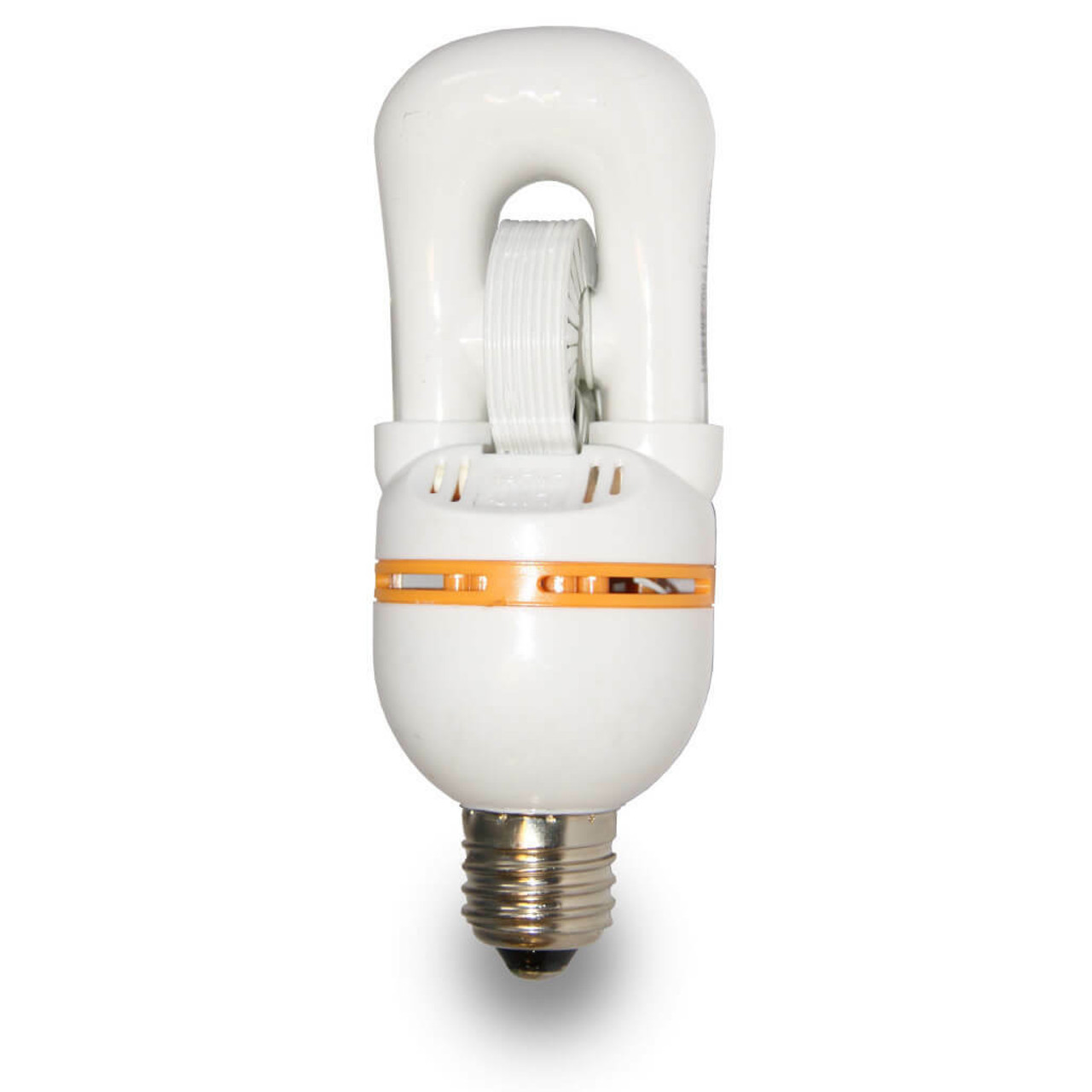
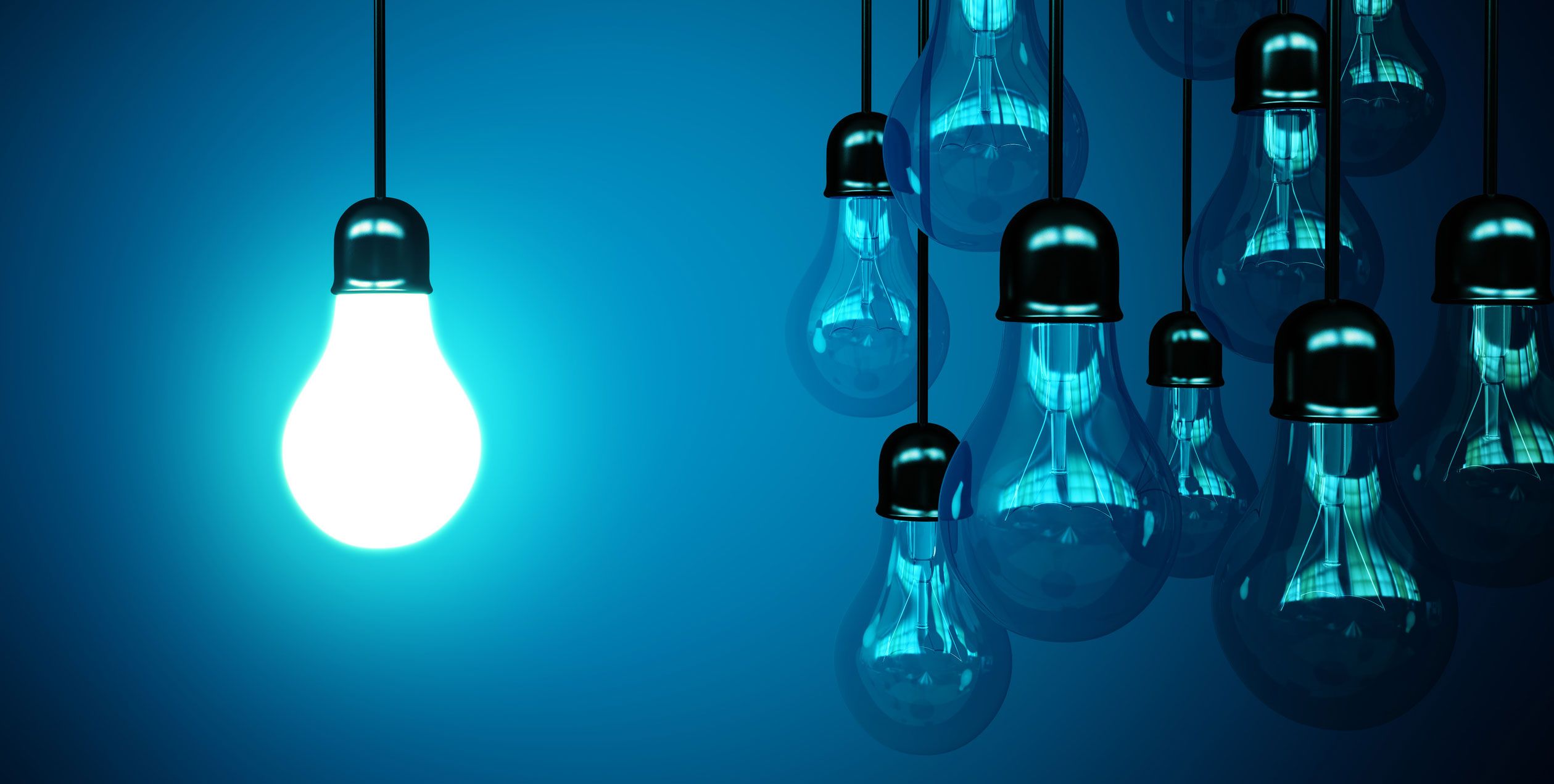
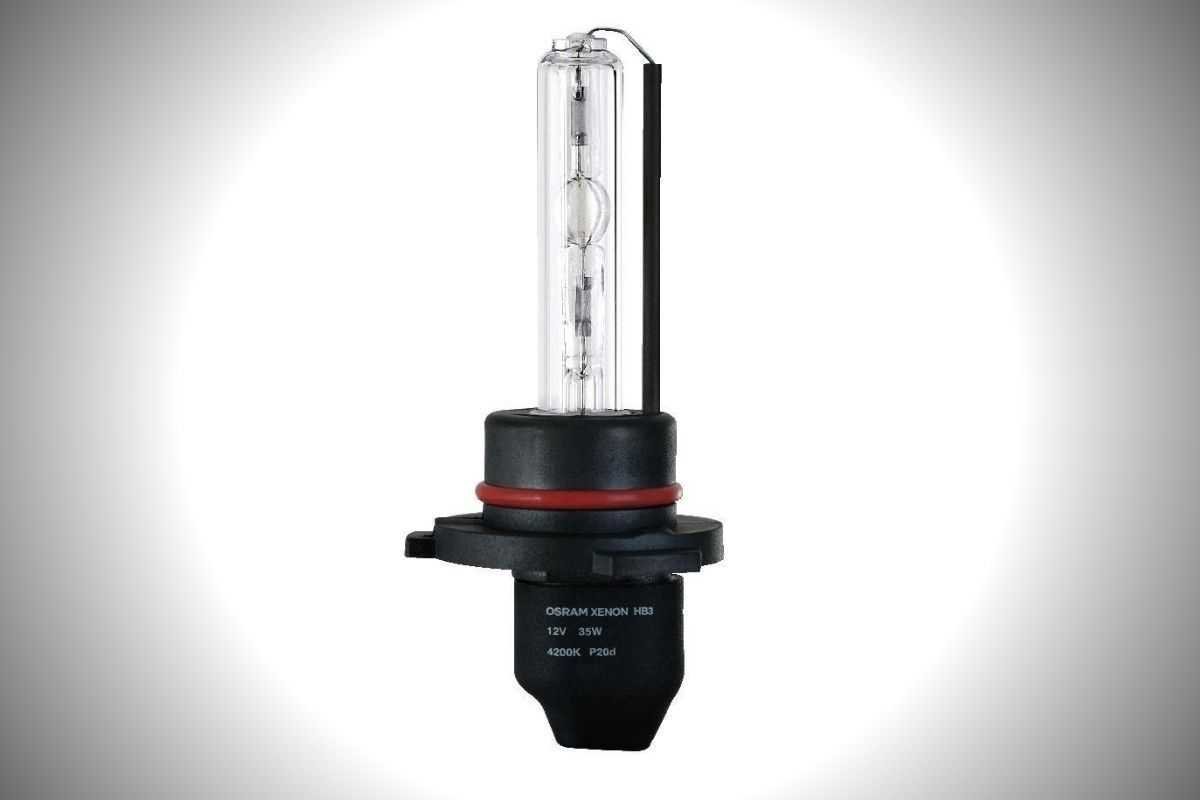
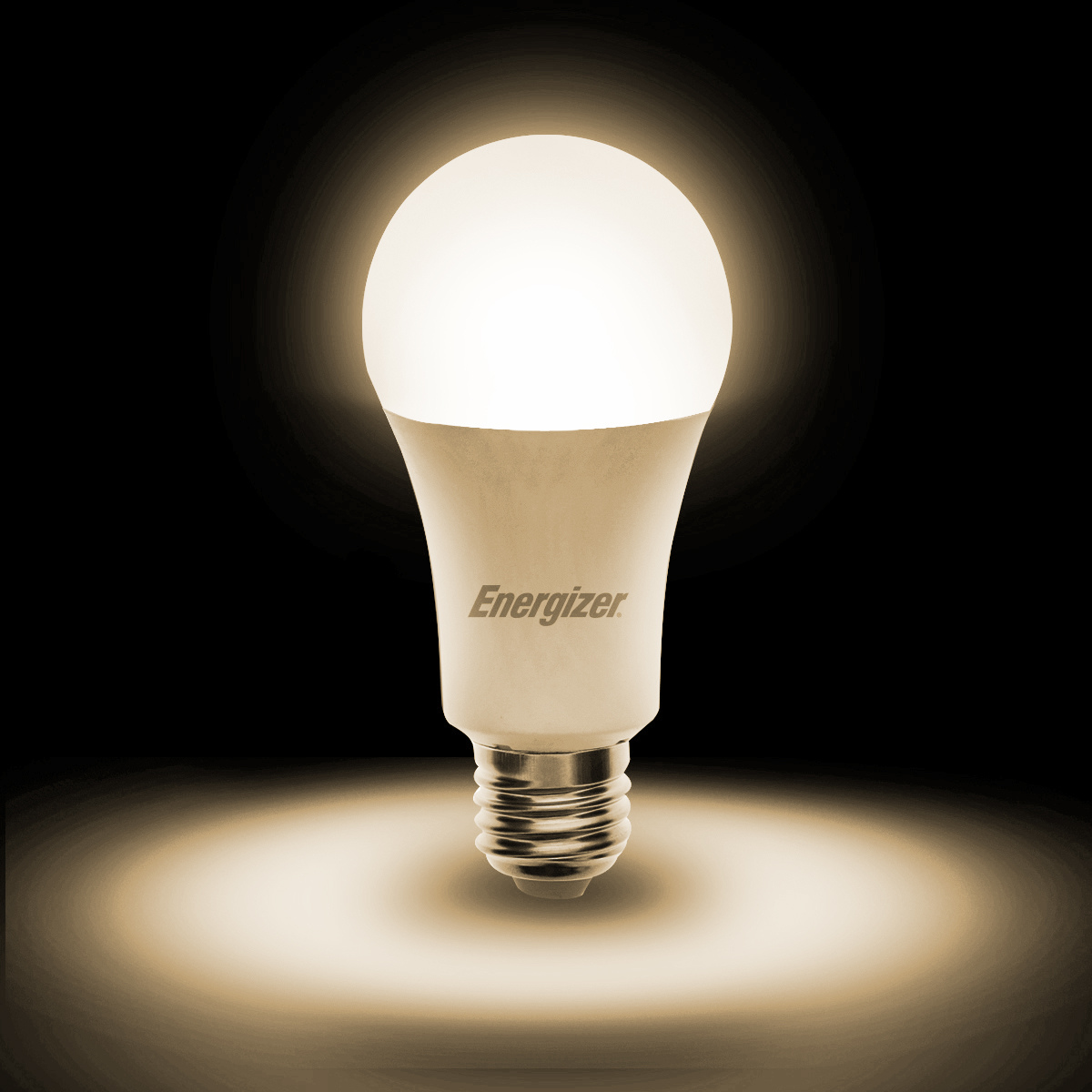
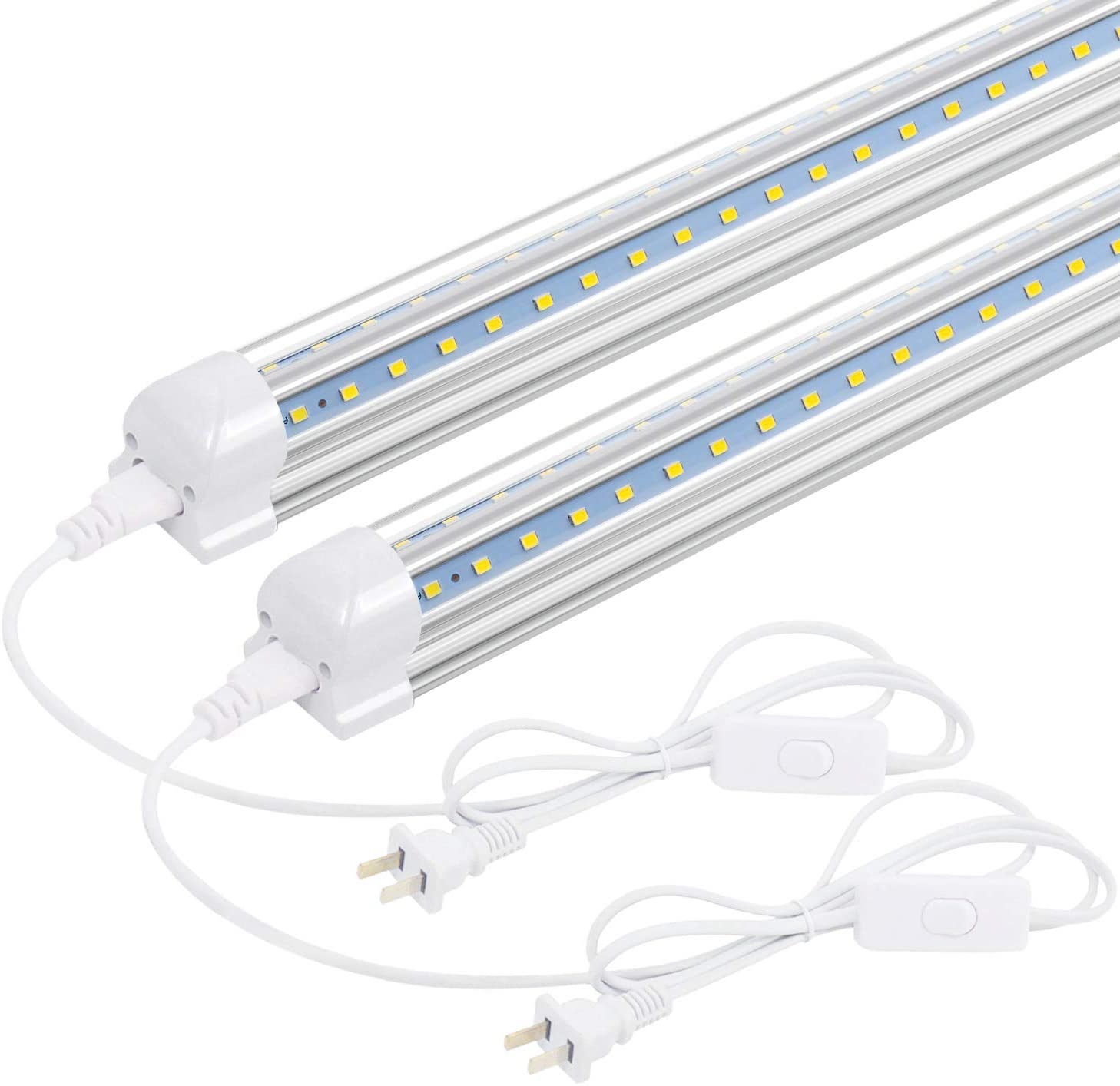
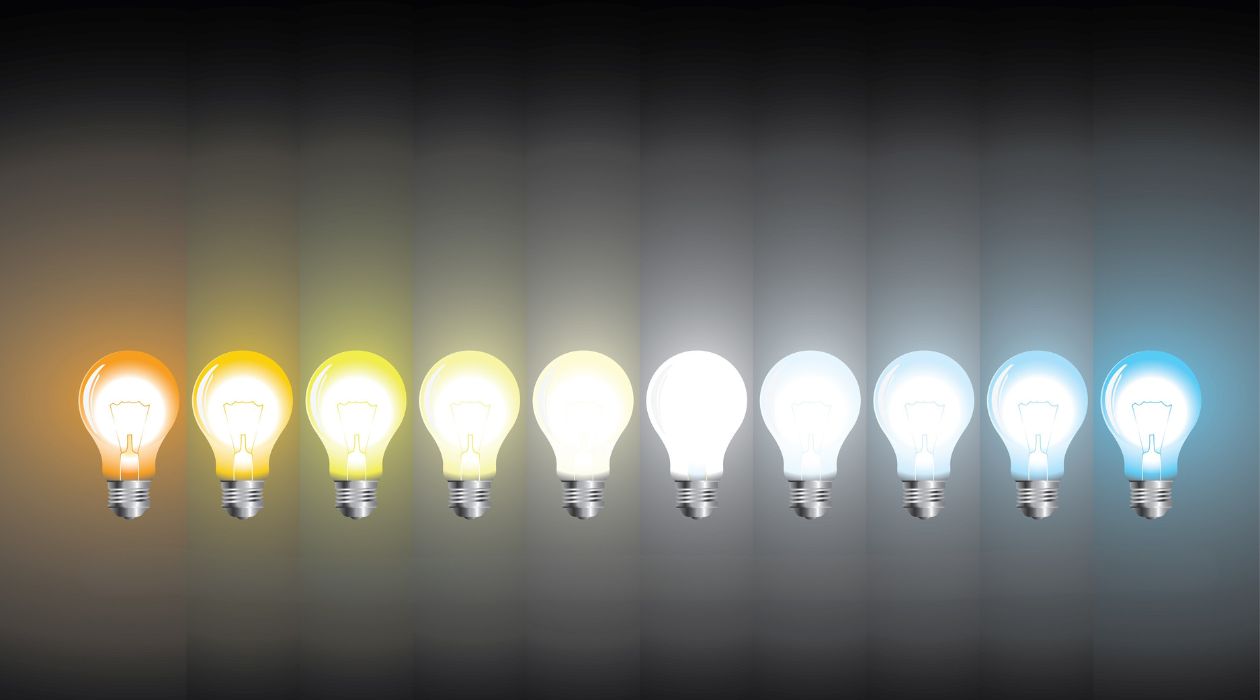
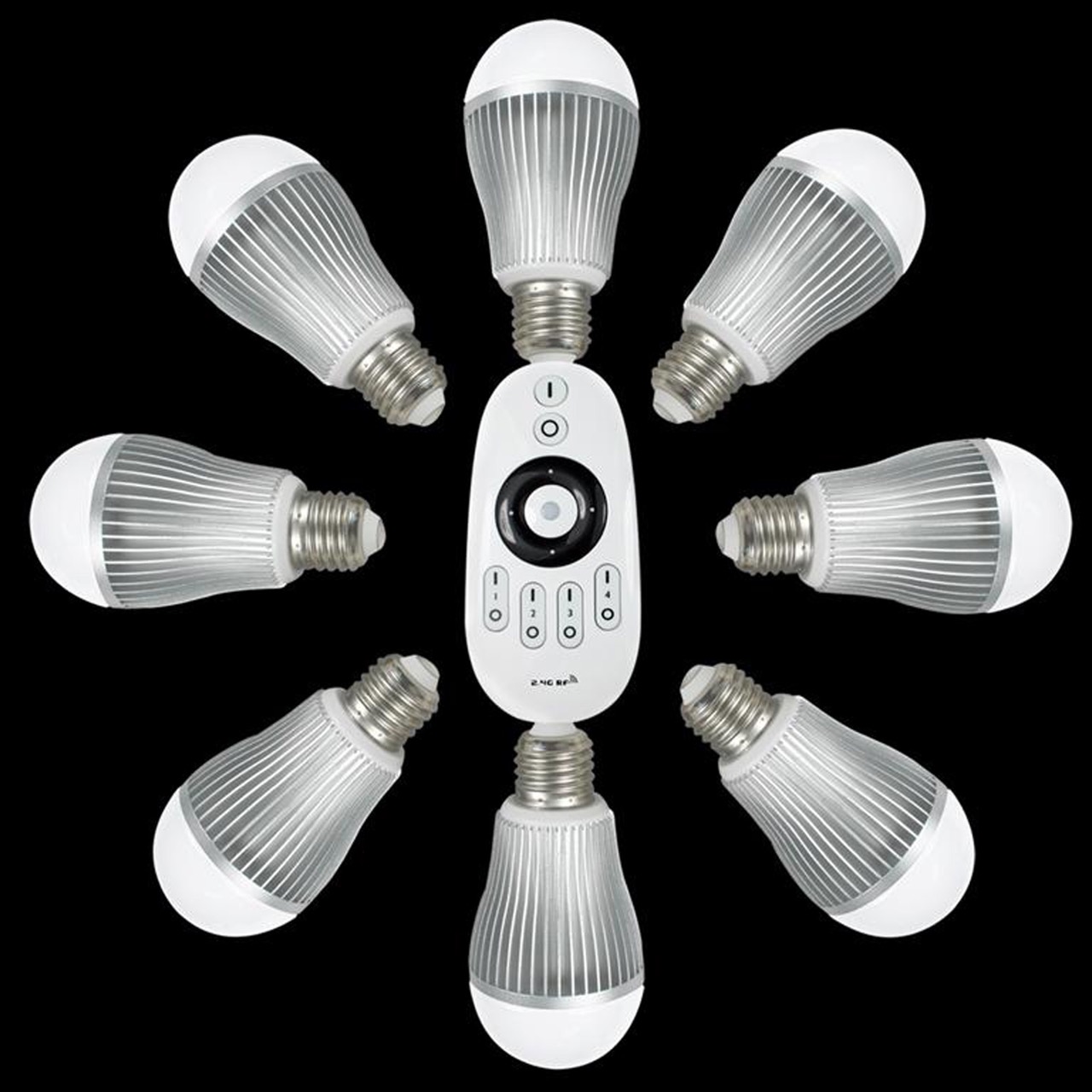
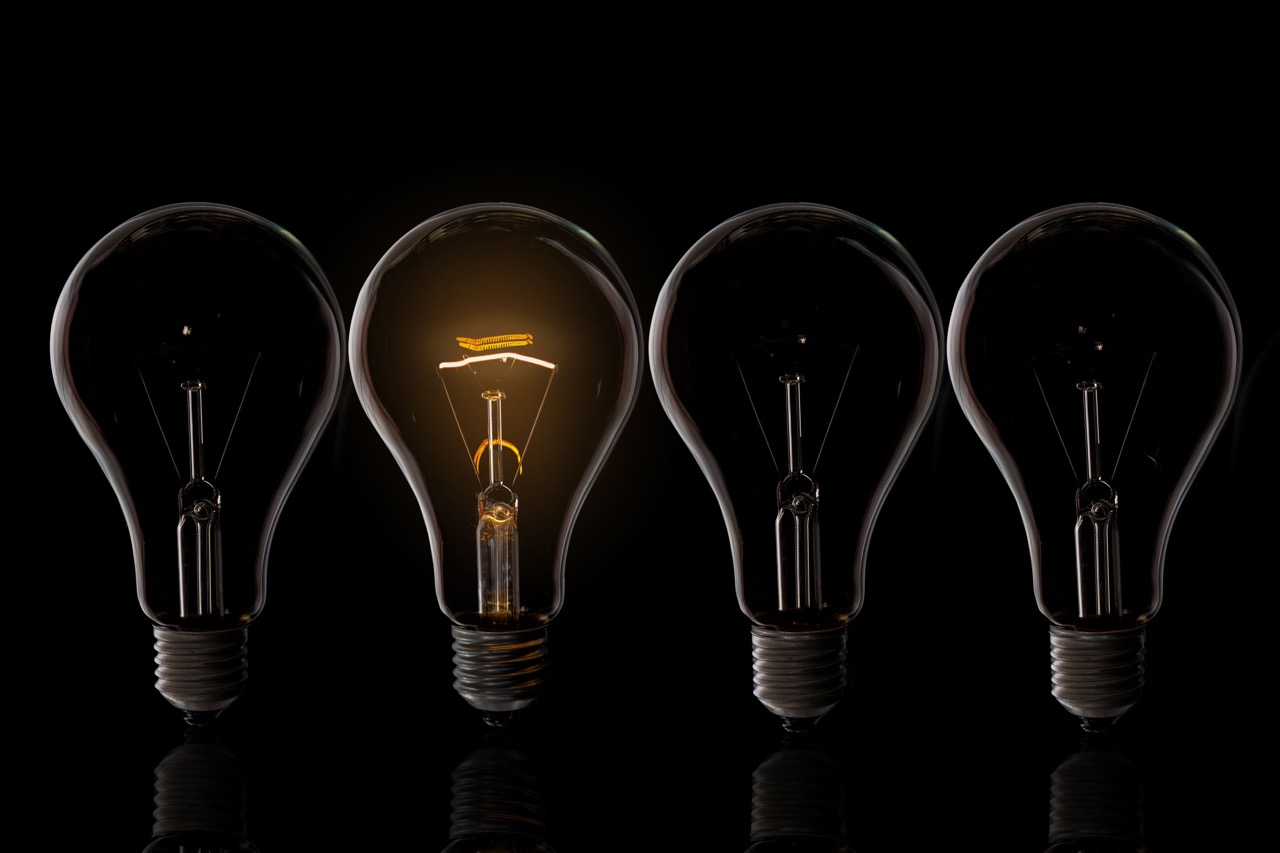
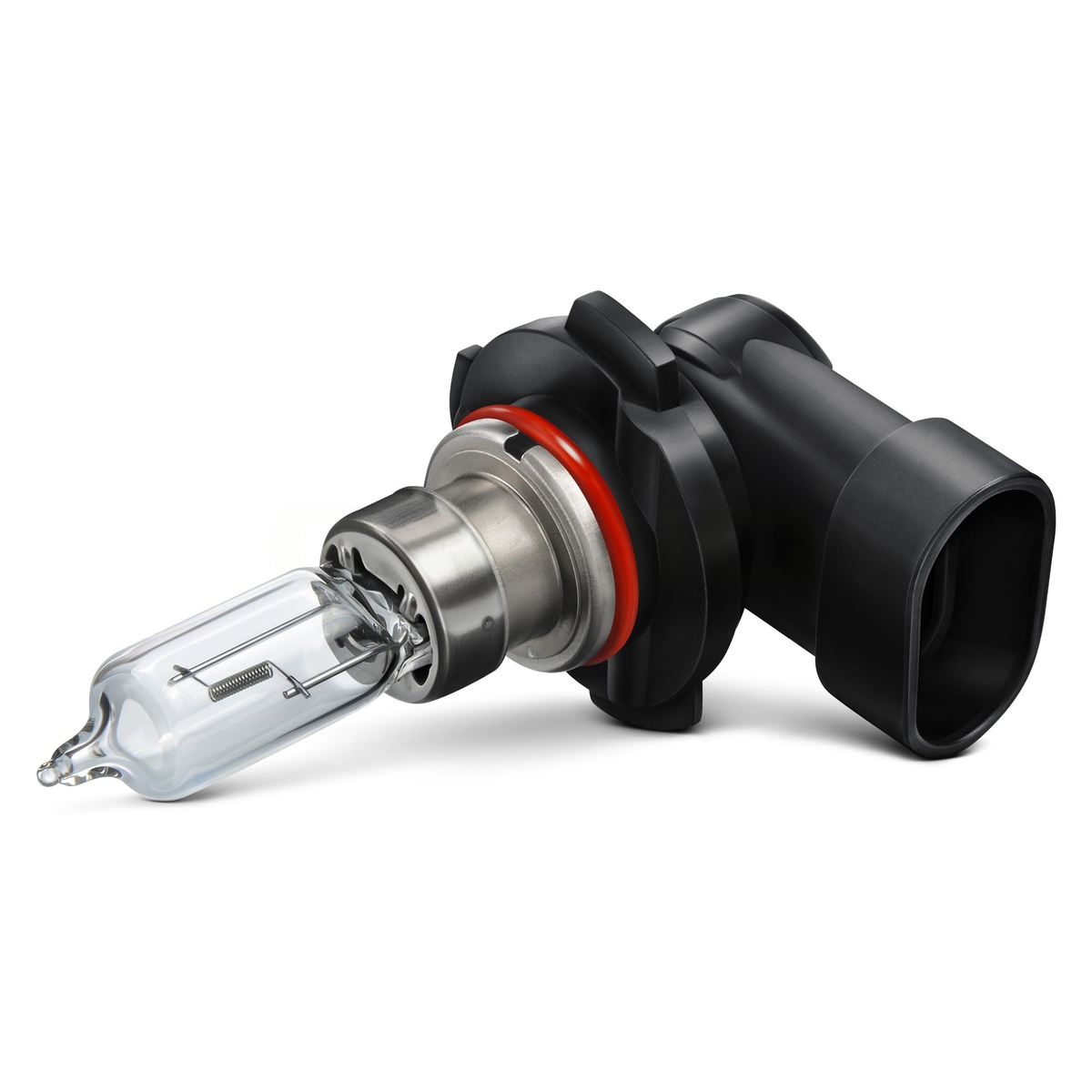
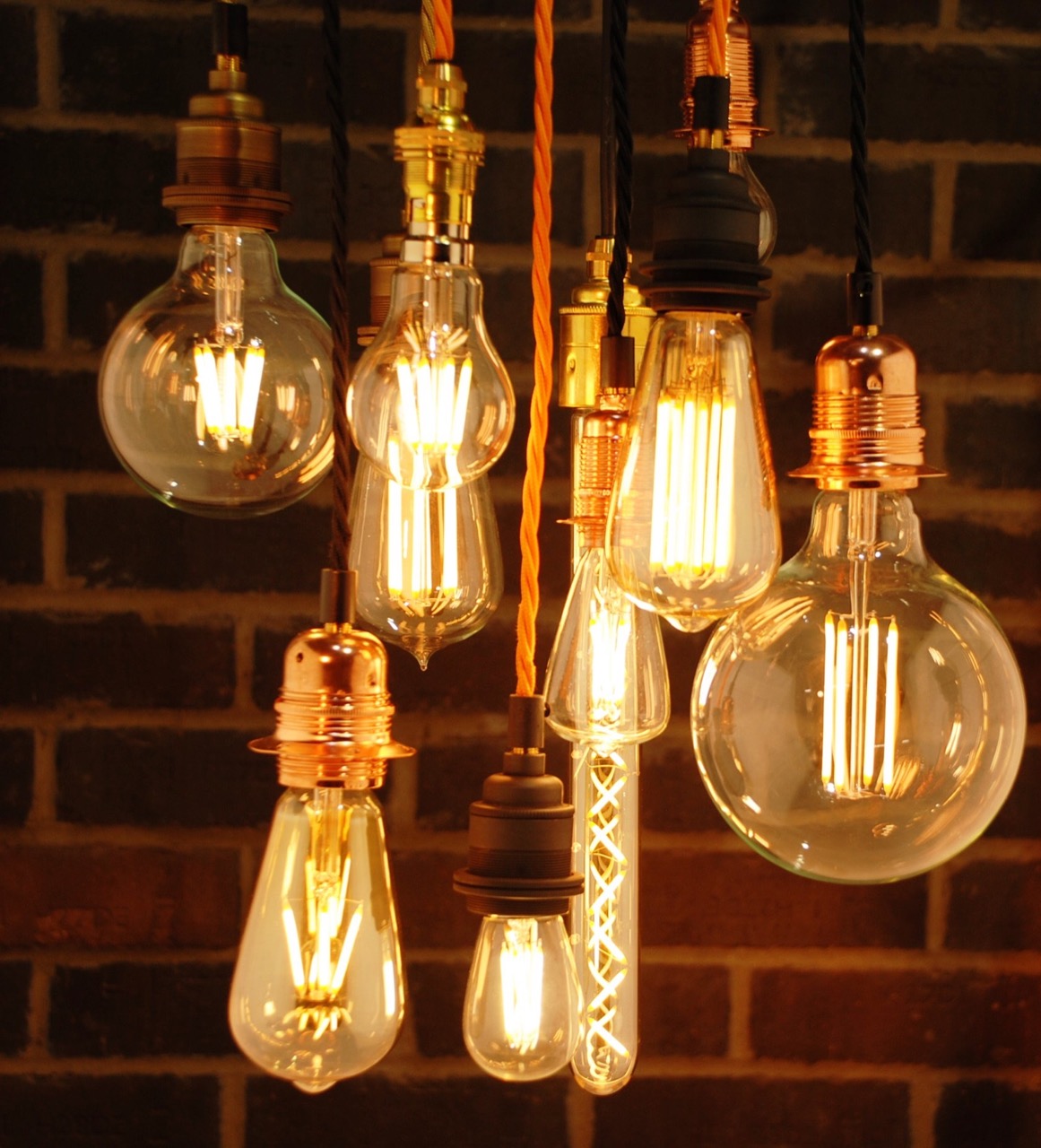
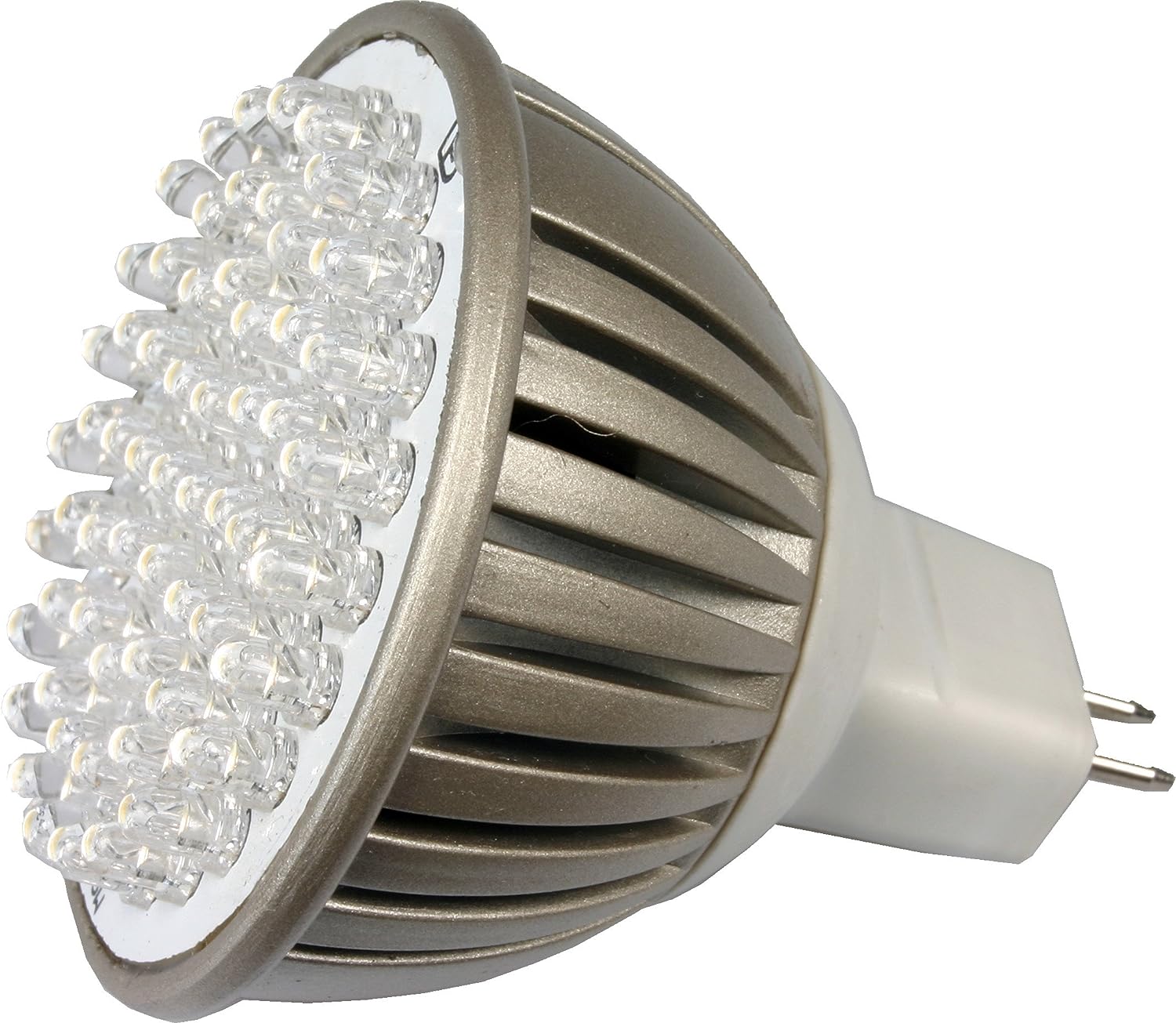

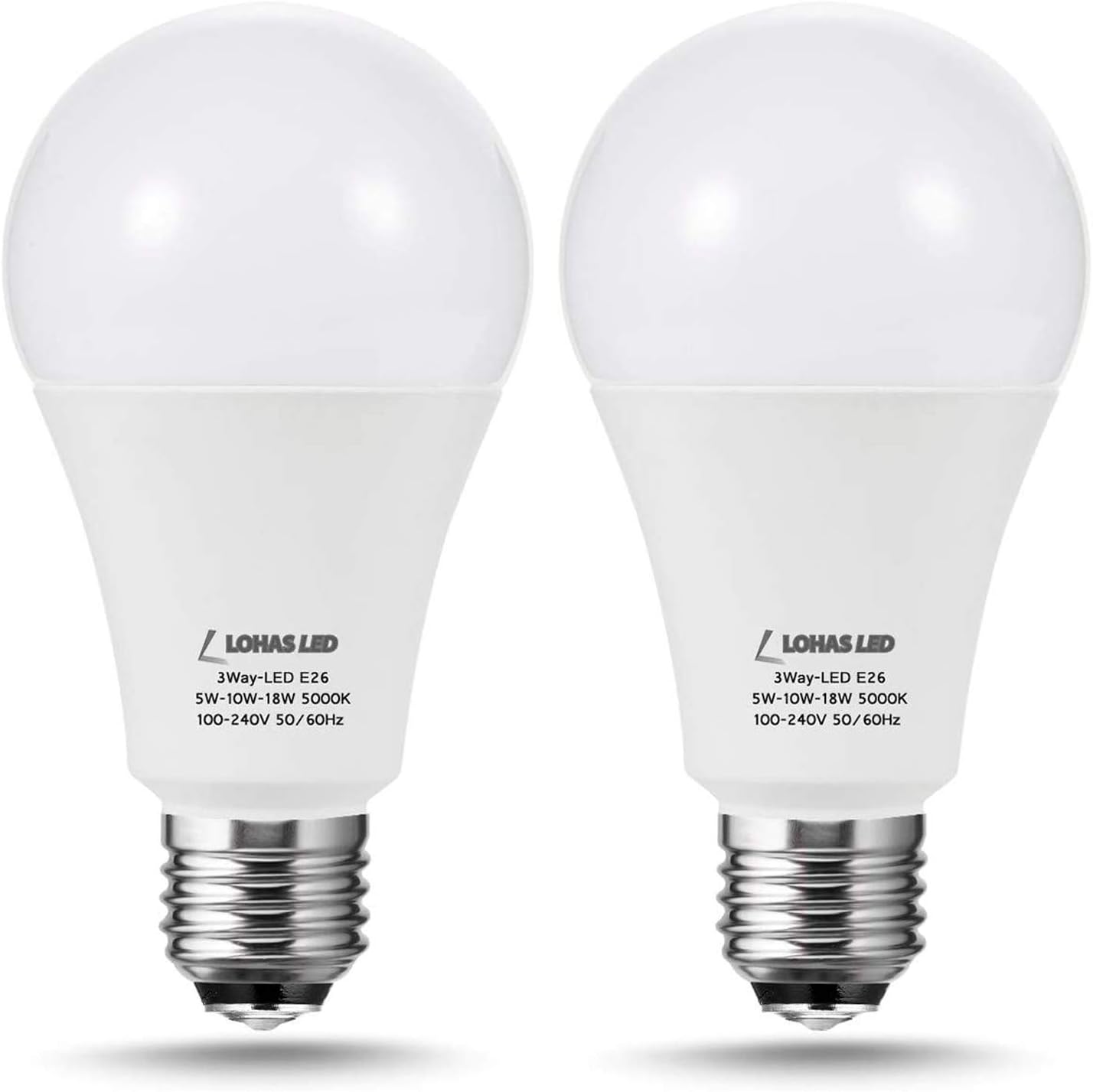

0 thoughts on “What Is A Self-Ballasted LED Bulb”